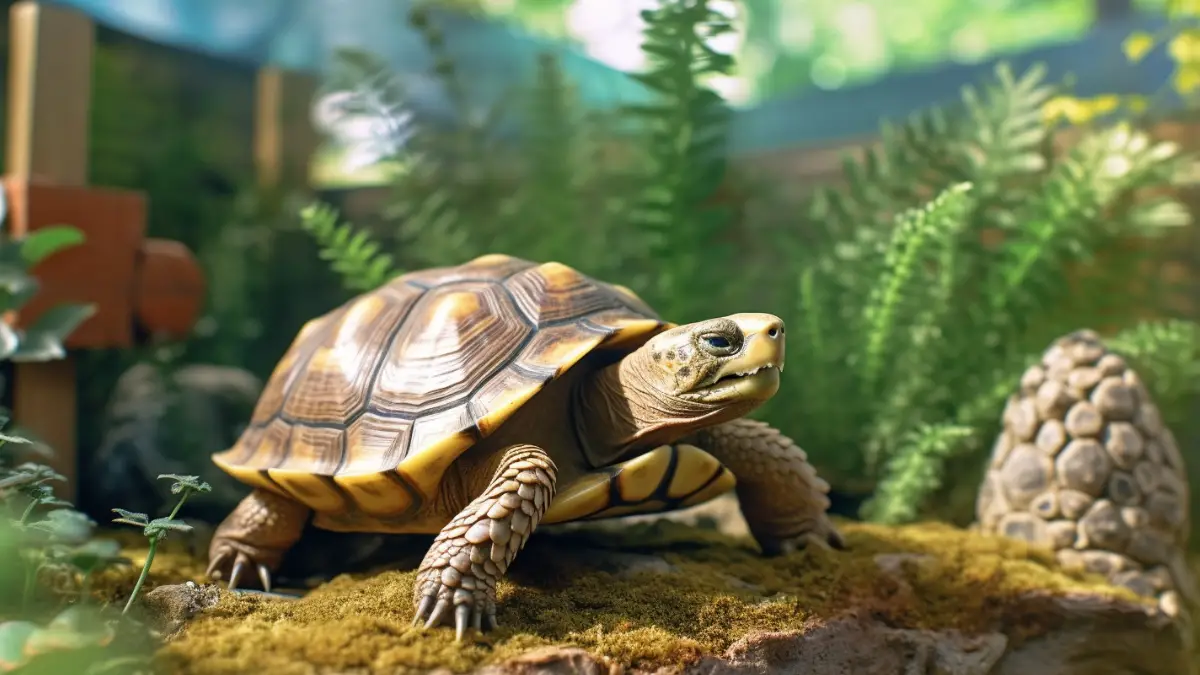Why Is My Tortoise So Active? Exploring The Common Reasons!
Generally, tortoises are lazy reptiles who prefer to spend their days basking in the sun or eating plants. However, there are times when your pet tortoise may become active and start moving around in its enclosure.
This behavior change might make you wonder, why is my tortoise so active? There are several reasons for this, including the following.
- Changes in the temperature, light, and humidity levels.
- Your tortoise might be hungry and looking for food.
- Your tortoise has outgrown its enclosure and needs more space.
- Your tortoise may have a natural instinct to explore and exercise.
- Female tortoises tend to become active when it’s time for them to lay eggs.
- It’s mating season, and your tortoise wants to mate.
In this article, we will discuss the common reasons why a tortoise may suddenly display an increased level of activity. We will also give you some tips on how to control this behavior. So, let’s dive in!
Why Is My Tortoise So Active? Common Reasons And Remedies
Contents
Tortoises are plant-eating animals, which means they don’t need to be fast to find food. Their shells offer them enough protection so they don’t have to move quickly to escape from predators.
Thus, if you have noticed your pet tortoise becoming more active, there is probably a reason for this change in behavior. If you are wondering why your pet tortoise is so active, take a look at the table below.
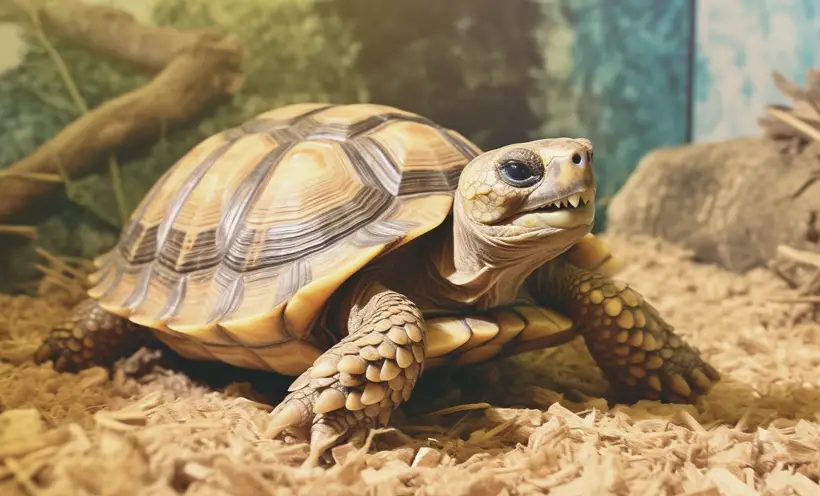
Below, we have listed some common reasons why your tortoise might be more active than usual.
1. Temperature Fluctuations
Tortoises tend to be more active when the temperature is higher than 18°C.
Remedy
To solve this issue, you can use a thermometer to monitor the temperature in their enclosure. Additionally you can use lamps or LED bulbs to keep your pet warm or cool as needed.
2. Hunger
When tortoises do not get enough food, they may become more active and start looking for food.
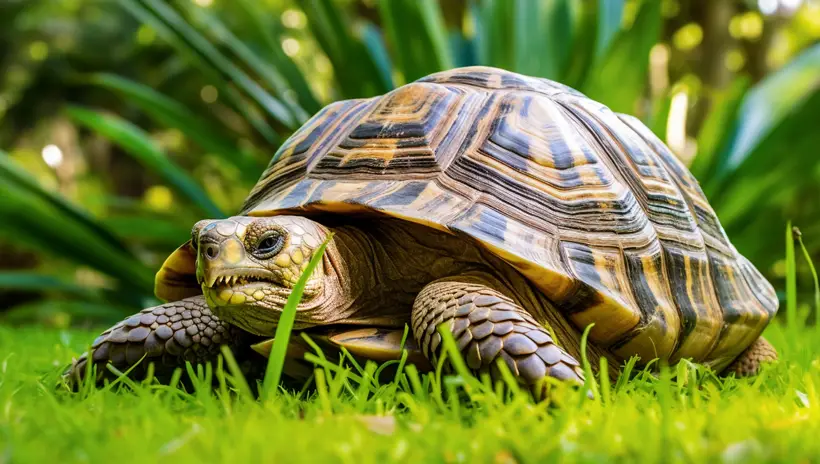
Remedy
You can provide your pet tortoise with a proper diet consisting of alfalfa, leaves, grasses, fungi, and vegetables. Furthermore, you should feed your pet tortoise once a day in the morning or at night.
3. Dehydration
Tortoises become active when they are dehydrated. According to a study, tortoises can get dehydrated due to sickness, especially if they have protozoan infections in their digestive system or pneumonia.
If your pet tortoise is dehydrated, you may notice symptoms such as:
- Dry skin
- Increased activity
- Weight loss
- Sunken eyes.
Remedy
Always provide your tortoises with fresh drinking water.
4. Hormonal Changes
Tortoises may become more active during mating season because of changes in their hormones.
Remedy
Since mating is a natural process, it is best to allow the tortoises to mate at their own pace. If you don’t want your tortoises to breed, keep them in separate enclosures.
5. Change In Environment
If you add a new toy, feeding bowl, or another tortoise to your tortoise’s enclosure, it can make your tortoise more active.

Remedy
You should give your pet time to get used to their new home. Moreover, try to avoid sudden changes that could stress the tortoise.
6. Boredom
When a tortoise is bored, it may start moving more in search of something interesting to do.
Remedy
To make sure that your tortoise stays entertained in its enclosure you can add rocks, logs, ladders, and non-toxic plants that your pet tortoise will like.
7. Natural Instinct
Certain types of tortoises such as the Sulcata tortoises, are naturally more active compared to other tortoises.
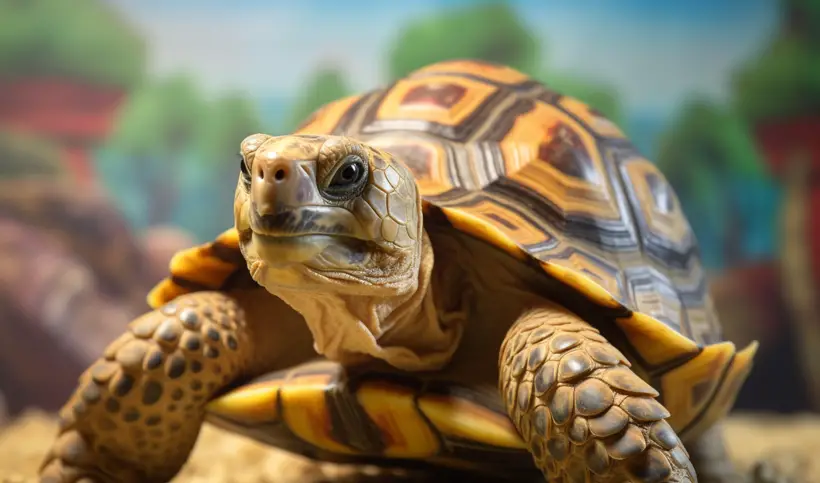
Remedy
Make sure your pet has enough space to move around.
8. Hibernation
Typically, from March to November, tortoises go into hibernation. So, their activity levels tend to rise during these months.
Remedy
Provide a large space for your tortoise to play and move around.
9. Sex
Male tortoises tend to be more active, as they need to search for mates and protect their territories.
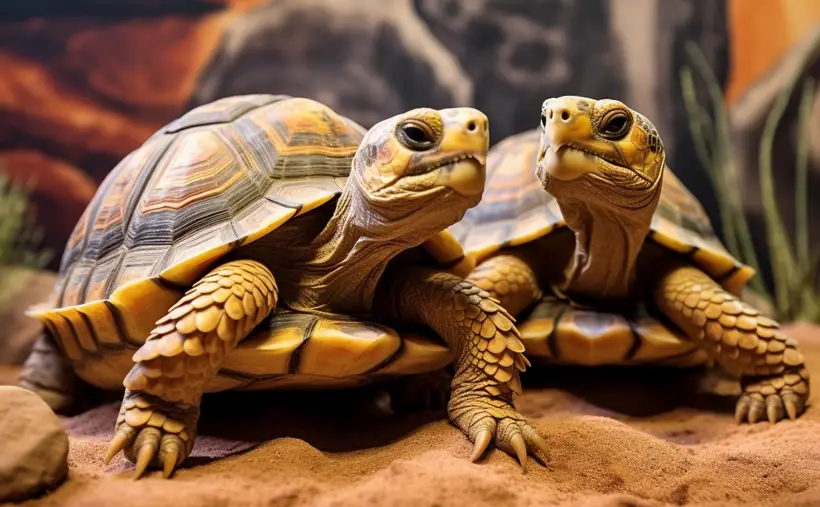
Remedy
You should ensure that your pet tortoise has enough space to move around. Additionally, keep male tortoises and female tortoises in the same enclosure.
10. Parasite Infection
When reptiles are kept as pets, they are more likely to get sick from parasites compared to reptiles living in the wild. This can be due to poor husbandry hygiene, limited space, and captivity stress.
Studies have revealed that tortoises primarily contract parasites like oxyurids, ascarids, and protozoans. Parasite infection can make your tortoise uncomfortable and increase its restlessness.
Remedy
To keep your tortoise healthy, make sure to clean its enclosure regularly using a scrub, cage cleaner, or disinfectant. If the infection persists for more than three days, you should take your tortoise to a vet for treatment.
11. Improper Enclosure Setup
According to experts, if your tortoise is about 2 feet long and weighs 70 pounds, it needs a bigger and more open living space to live comfortably. If your tortoise’s enclosure is cramped, lacks proper substrate, lighting, and humidity, your pet may become more active and try to escape.

Remedy
To solve this issue, you can follow the tips we have added below.
- You can make a tortoise table that is 122 cm x 76 cm.
- Keep your tortoise in a wooden enclosure with proper ventilation.
- Do not keep your pet in a small glass box or vivarium.
- You should house African-spurred tortoises, Redfoot tortoises, and Leopard tortoises in a secure outdoor enclosure.
12. Improper Lighting
Tortoises need UVB light to generate vitamin D3, prevent shell issues, and avoid metabolic bone disease. If you don’t let your pet bask in sunlight or provide UVB light in its enclosure, it will become restless.
Remedy
You should let your tortoise play in natural sunlight during the day. Furthermore, you can add a UVB light to your tortoise’s enclosure.
13. A Noisy Environment
Loud noises can scare tortoises and make them active.
Remedy
You can put their home in a quiet place away from loud sounds.
14. Crowded space
When multiple tortoises are kept together, if one tortoise displays aggressive behavior, it can cause other tortoises to become more active.
Remedy
You should not keep more than two tortoises in the same enclosure.
How Do Tortoises Tend To Move In Their Natural Habitat?
In their natural environment, tortoises tend to explore their surroundings for food, water, mates, shelter, and nesting sites.
Scientists have observed that female tortoises’ activity levels are influenced by external factors. However, males tend to respond more strongly to internal factors.

Wild tortoises move around 50 meters per day on average. Males can cover up to 1019 meters, while females travel about 316 meters daily. Several studies have revealed some factors that can influence the activity levels of tortoises. These factors include the following.
- Temperature
- Solar radiation
- Population density
- Rainfall
- Availability of water source
A study found that Leopard tortoises tend to travel longer distances when they are near known water sources. Furthermore, male tortoises become more active during spring as they actively search for female tortoises to mate.
As an ectothermic creature, tortoises rely on external heat sources to maintain their body temperatures. A study discovered that Speke’s tortoises become active after rainfall but inactive during heavy precipitation.
Additionally, another research revealed that tortoises are most active at temperatures of 20-30 degrees Celsius and humidity levels between 35% and 75%.
What Symptoms Indicate An Increase In The Activity Levels Of A Pet Tortoise?
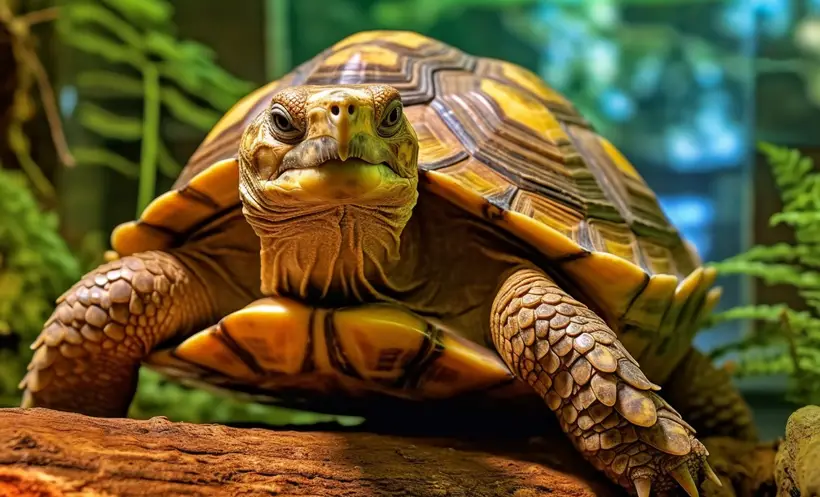
Below, we have listed some common symptoms that could indicate an increase in the activity levels of your pet tortoise.
- Your tortoise might explore a lot.
- It likes to stay under a UVB light or in the sun.
- Your tortoise might dig holes energetically.
- Your tortoise keeps moving constantly or tries to climb the walls of its enclosure.
- Your pet tortoise doesn’t rest much.
- When tortoises are more active, they may rub or scratch their shells against hard surfaces.
- It nudges or pushes other tortoises.
- It is jumpy and notices quick movements or sounds.
- Your pet tortoise keeps searching for food in its enclosure.
FAQs
Take a look at the frequently asked questions below to find out more about why your tortoise might be showing increased activity than usual.
Yes. Younger tortoises are typically more curious, alert, and active. However, older tortoises tend to move slowly and prefer staying in one place for longer periods of time.
Yes. If you give your pet tortoise food that has lots of fiber and calcium, and less protein or fruits, it will be healthier. It will move around more, digest its food better, and have a nice, smooth shell.
A more active tortoise burns more calories, which likely leads to weight loss. In contrast, a less active tortoise tends to gain weight because it burns fewer calories.
Final Words
In conclusion, multiple factors can contribute to your tortoise’s increased activity. To control the activity levels of your pet tortoise, you should carefully monitor its food intake, enclosure condition, availability of water, and exposure to natural light.
Additionally, understanding your tortoise’s breeding behavior, space requirements, and ideal temperature and humidity levels will help you make sense of any sudden changes in its activity.
You can ensure the proper growth, activity levels, and well-being of your pet tortoise by providing it with a suitable enclosure, a big space to move around, and a balanced diet.

